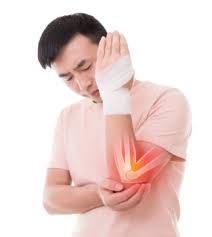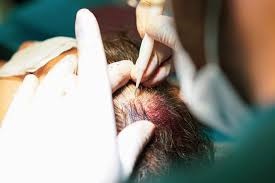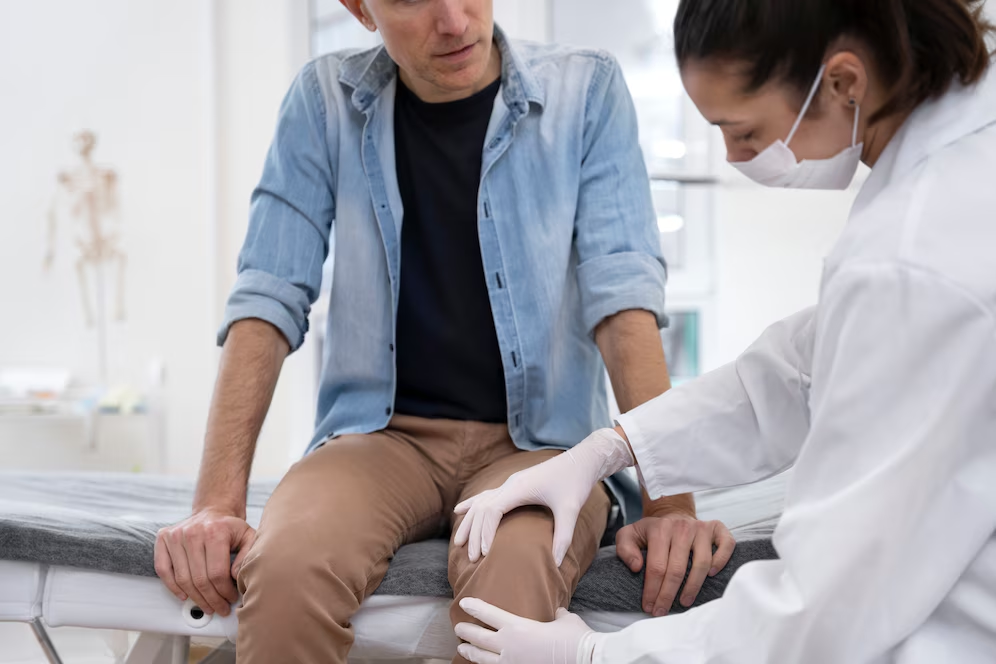Back and muscle pain can be debilitating, impacting every aspect of daily life. Understanding the causes, treatments, and recovery processes is crucial for those suffering from these conditions. This comprehensive guide delves into the journey from diagnosis to recovery, providing valuable insights and strategies for effective back and muscle pain management.
Prosoma 350 [Carisoprodol] is the active component of the medication. It is categorized as a muscle relaxant and is used to alleviate pain in the muscles, including spasms. Muscle relaxation is the outcome of carisoprodol’s action on the central nervous system, which affects nerve transmission. It is used to relieve from painful sensations in the body due to muscle injury stress, sprain etc.
Understanding Back and Muscle Pain
Causes of Back and Muscle Pain
Back and muscle pain can stem from various sources. Common causes include:
- Muscle Strains: Overuse or injury to the muscles can lead to painful strains.
- Herniated Discs: Discs that slip out of place can press on nerves, causing intense pain.
- Arthritis: Degenerative conditions like osteoarthritis can lead to chronic back pain.
- Poor Posture: Slouching or improper ergonomics can strain the back muscles over time.
- Injuries: Accidents or falls can result in back injuries, leading to prolonged pain.
Pain O soma 350‘s strong muscle relaxant qualities, it quickly relieves pain and regains flexibility so you may resume living life to the fullest. Say goodbye to discomfort caused by tense muscles and welcome the solace and alleviation that Pain O Soma 350mg provides. The action of the medicine will only help reduce the pain but does not cure the injury.
Symptoms and Diagnosis
Identifying back and muscle pain involves recognizing common symptoms and undergoing proper diagnostic procedures:
- Common Symptoms: Pain, stiffness, muscle spasms, and reduced range of motion.
- Diagnostic Methods: Physical examinations, imaging tests (X-rays, MRIs), and nerve studies help pinpoint the cause of pain.
Effective Treatment Options
Non-Surgical Treatments
Many cases of back and muscle pain can be managed without surgery. Non-surgical treatments include:
Physical Therapy
Physical therapy is often the first line of defense against back and muscle pain. Therapists use a variety of techniques to improve mobility and reduce pain:
- Stretching Exercises: Designed to improve flexibility and reduce tension in the muscles.
- Strengthening Exercises: Focused on building the core muscles to support the spine.
- Manual Therapy: Hands-on techniques to manipulate muscles and joints.
Medications
Medications can provide relief from back and muscle pain. Commonly prescribed options include:
- Nonsteroidal Anti-Inflammatory Drugs (NSAIDs): Reduce inflammation and alleviate pain.
- Muscle Relaxants: Help reduce muscle spasms and discomfort.
- Pain Relievers: Over-the-counter or prescription pain relievers can manage acute pain episodes.
Alternative Therapies
Alternative therapies offer additional avenues for pain relief:
- Acupuncture: Involves inserting thin needles into specific points to relieve pain.
- Chiropractic Care: Focuses on spinal adjustments to improve alignment and reduce pain.
- Massage Therapy: Helps relax tight muscles and improve circulation.
Surgical Treatments
When non-surgical methods fail to provide relief, surgical options may be considered. Common surgical treatments include:
Discectomy
A discectomy involves removing part of a herniated disc that is pressing on a nerve. This procedure can provide significant pain relief and improve mobility.
Spinal Fusion
Spinal fusion surgery involves joining two or more vertebrae to eliminate painful movement. This procedure is often used for patients with degenerative disc disease or spinal instability.
Laminectomy
A laminectomy involves removing a portion of the vertebra called the lamina to relieve pressure on the spinal cord or nerves. This surgery can help alleviate pain caused by spinal stenosis.
Recovery and Rehabilitation
Post-Treatment Care
Recovering from back and muscle pain treatments requires careful post-treatment care:
Physical Therapy
Post-surgical or post-treatment physical therapy is essential for a full recovery:
- Tailored Exercise Programs: Designed to gradually increase strength and flexibility.
- Pain Management Techniques: Includes heat/ice therapy, electrical stimulation, and more.
Lifestyle Modifications
Making lifestyle changes can prevent future back and muscle pain:
- Ergonomic Adjustments: Ensuring proper posture at work and home.
- Regular Exercise: Maintaining a regular exercise routine to keep muscles strong.
- Weight Management: Reducing excess weight to minimize stress on the back.
Mental Health Considerations
Chronic pain can take a toll on mental health. Addressing psychological well-being is an integral part of recovery:
- Counseling: Therapy can help manage the emotional impact of chronic pain.
- Mindfulness and Relaxation Techniques: Practices like meditation and yoga can reduce stress and improve pain management.
Preventing Back and Muscle Pain
Regular Exercise
Engaging in regular exercise is one of the most effective ways to prevent back and muscle pain:
- Strength Training: Focuses on building core and back muscles to support the spine.
- Flexibility Exercises: Activities like yoga and Pilates improve flexibility and reduce tension.
Proper Ergonomics
Maintaining proper ergonomics is crucial, especially for those with sedentary jobs:
- Workstation Setup: Ensure that your desk, chair, and computer are set up to promote good posture.
- Frequent Breaks: Taking regular breaks to stand, stretch, and move around.
Healthy Lifestyle Choices
Adopting healthy lifestyle habits can reduce the risk of back and muscle pain:
- Balanced Diet: Eating a nutritious diet to maintain a healthy weight.
- Hydration: Keeping well-hydrated to maintain spinal disc health.
- Avoiding Smoking: Smoking can contribute to back pain by reducing blood flow to the spine.
When to Seek Medical Attention
Understanding when to seek medical attention is crucial for effective treatment:
- Persistent Pain: If pain persists for more than a few weeks despite self-care.
- Severe Symptoms: Experiencing severe pain, numbness, or weakness.
- Trauma: After an accident or injury causing back pain.
Conclusion
Back and muscle pain can significantly impact quality of life, but with proper diagnosis, effective treatments, and diligent recovery efforts, relief is achievable. By understanding the causes, exploring various treatment options, and adopting preventive measures, individuals can manage and mitigate back and muscle pain effectively.




